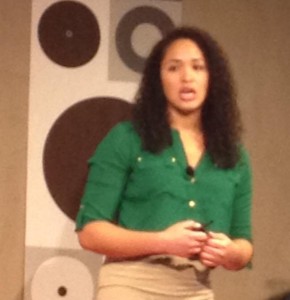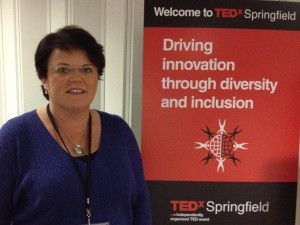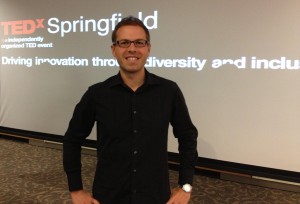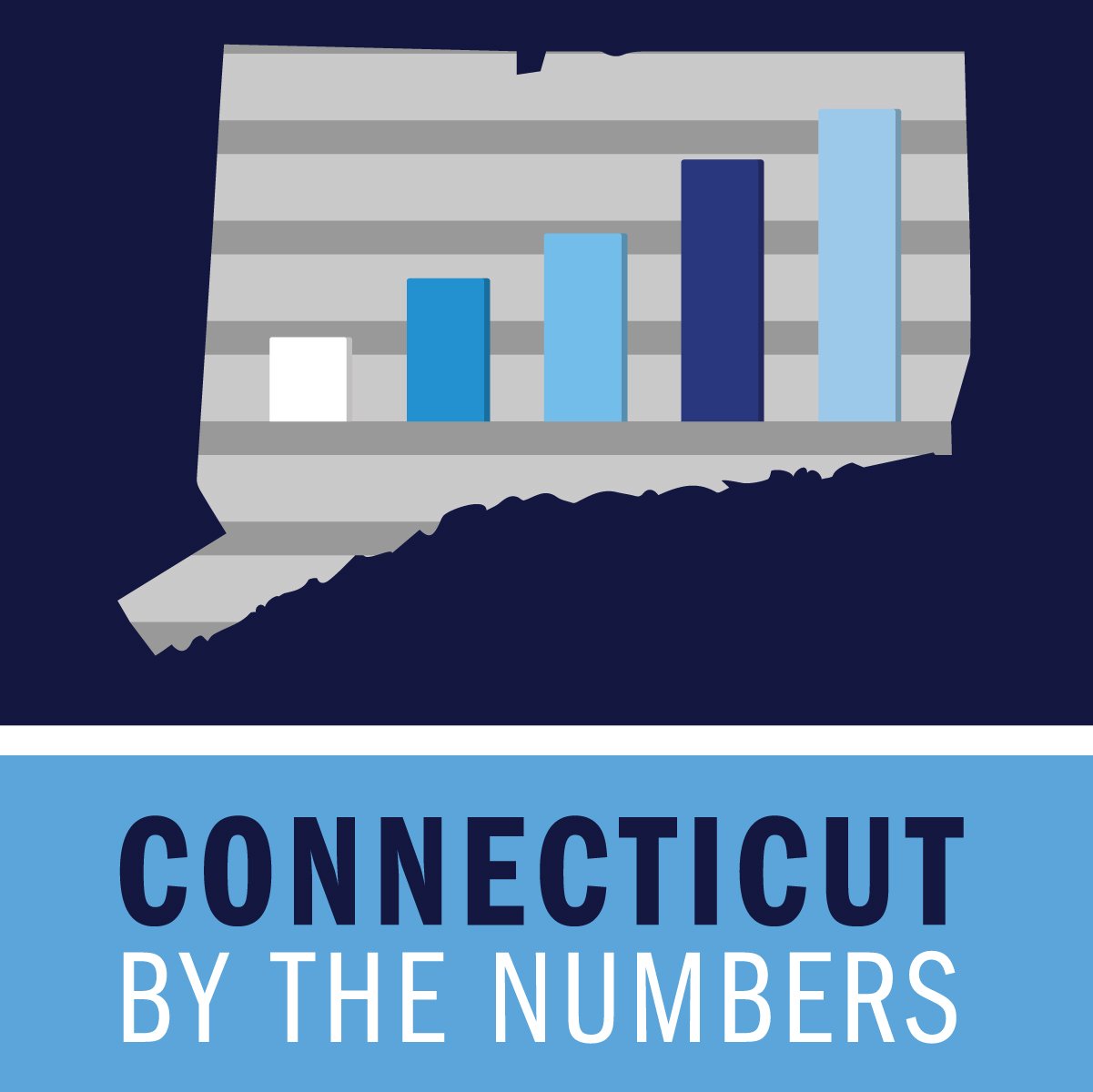Nonprofits Nationally Suffer From Late Government Payments, CT Tackling Issue
/
Connecticut is one of eight states that has begun to respond to a serious problem facing nonprofit organizations in a time of tight budgets and reductions in state funding: late payments and duplicative requirements by government agencies. A new report from the Urban Institute says the problem – which grew more serious during the recession – may be easing somewhat, but still has a way to go.
The 57-page report, “Nonprofit-Government Contracts and Grants: Findings from the 2013 National Survey,” indicated that “Joint government-nonprofit working groups in Connecticut, Hawaii, Illinois, Maine, Maryland, New Jersey, New York, and Texas are tackling issues, such as duplicative documents and audits and late payments, with the goal of improving government processes and the ability of nonprofits to win and successfully implement contract and grant requirements.”
The data, according to the report, is “a sobering reminder that human service nonprofits are continuing to wait extended periods of time for payments.” The national survey indicates that 22 perce nt of nonprofits received payments 61-90 days late from local governments, 24 percent from state governments and 20 percent from the federal government – all increases from 2009 survey data. The number of nonprofits experiencing late payments of more than 90 day dropped slightly for local and state government payments, but grew slightly for federal government payments.
nt of nonprofits received payments 61-90 days late from local governments, 24 percent from state governments and 20 percent from the federal government – all increases from 2009 survey data. The number of nonprofits experiencing late payments of more than 90 day dropped slightly for local and state government payments, but grew slightly for federal government payments.
The Urban Institute report outlined a series of recommendations for governments and nonprofits to improve systematic relationships; state-by-state data is due to be released next month.
A 22-member Connecticut panel appointed by Gov. Dannel Malloy, in a report issued last fall, found that “some state agencies do not pay contractors in a timely manner consistent with agreed upon timeframes and thereby create additional hardship and costs of borrowing for nonprofit service providers.”
The group recommended that “the State of Connecticut adopt Principles to Guide the State-Private Nonprofit Provider Partnership, intended to promote a fair, effe ctive, responsive, transparent and accountable partnership between nonprofit providers and their state government funders.” It also called for revisions to the state’s procurement standards, streamlining data gathering, and “payment rates that cover the true cost of services.”
ctive, responsive, transparent and accountable partnership between nonprofit providers and their state government funders.” It also called for revisions to the state’s procurement standards, streamlining data gathering, and “payment rates that cover the true cost of services.”
Nationally, nearly half of organizations reported that they experienced limitations on the percentage of government funds that could be used for program and organization administration costs. Approximately one-quarter of organizations with a contract indicated that they had to share in the cost of the contract and one-half of grantees said they had a matching requirement associated with a grant.
Reflecting the fiscal challenges faced by nonprofits, the report found that “more than 40 percent of respondents turned to their reserves to make ends meet and about 25 percent of nonprofits reduced the number of employees on their payroll. About 14 percent of organizations reduced the number of clients served and almost 11 percent cut programs.” In addition, 21 percent of respondents nationwide said their experience with government contracts and grants was worse than in the pr evious year, while 6 percent said it had improved.
evious year, while 6 percent said it had improved.
The report concluded that “all types of nonprofits reported problems with late and insufficient payments, complex and burdensome application and reporting processes, and changes made to contracts and grants after they have been approved.”
Late payments have the biggest impact on human-service and health organizations, which receive the lion’s share f all government spending on nonprofits, the Chronicle of Philanthropy reported. Overall, the national study found that:
- government agencies entered into approximately 350,000 contracts and grants with about 56,000 nonprofit organizations;
- on average, nonprofits have six contracts and/or grants per organization; the median is three; and
- governments paid $137 billion to nonprofit organizations for services (in 2012)
The Urban Institute is a nonprofit, nonpartisan policy research and educational organization that examines the social, economic, and governance problems facing the nation.


 t the program focus on learning about one’s own leadership personality, participatory decision- making, effective group dynamics and leadership practices, including change leadership. The field experiences allow participants to meet the area’s key players and organizations, better understand the region’s assets and challenges, and gain a greater understanding of creative problem solving while leveraging limited resources.
t the program focus on learning about one’s own leadership personality, participatory decision- making, effective group dynamics and leadership practices, including change leadership. The field experiences allow participants to meet the area’s key players and organizations, better understand the region’s assets and challenges, and gain a greater understanding of creative problem solving while leveraging limited resources.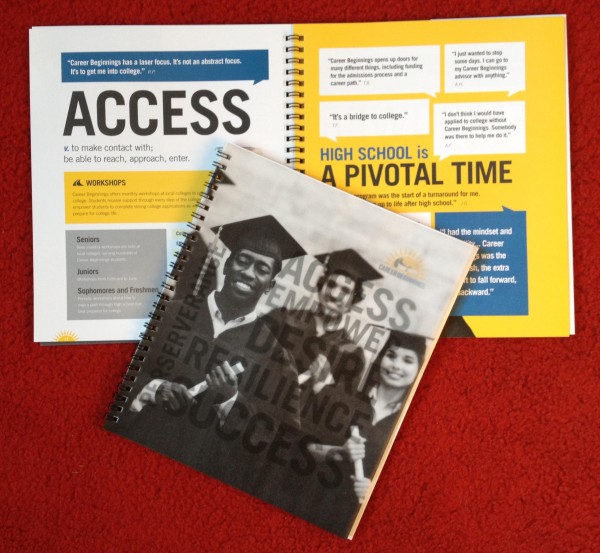 Consortium for Higher Education (HCHE) to create a media device that would tell the story of the Career Beginnings program, which connects Hartford-area high schools, businesses, volunteers/mentors and parents in a coordinated effort to increase the percentage of Hartford teenagers who graduate from high school, pursue higher education and fulfill career goals.
Consortium for Higher Education (HCHE) to create a media device that would tell the story of the Career Beginnings program, which connects Hartford-area high schools, businesses, volunteers/mentors and parents in a coordinated effort to increase the percentage of Hartford teenagers who graduate from high school, pursue higher education and fulfill career goals.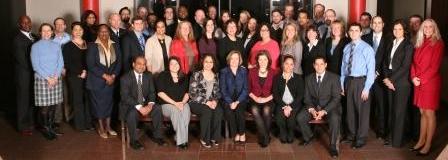 ).
).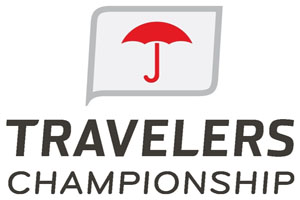
 llars raised in the Birdies for Charity pledge-based fundraiser and the Chip In for Charity ticket-sales fundraiser. Additionally, the Travelers Championship raised awareness and funds for local charities through a variety of special events like the Birdies for the Brave Golf Outing, BlumShapiro 5K for Charity, Premier Limo First Tee Classic, Military Appreciation presented by Saint Francis Care, Golf Digest Junior Pro-Am, Northstar Wealth Partners Celebrity Mini Golf Tournament, Women's Day presented by Travelers, Powerstation Events Concert Series, and the LEGO® Children's Charity Golf Tournament.
llars raised in the Birdies for Charity pledge-based fundraiser and the Chip In for Charity ticket-sales fundraiser. Additionally, the Travelers Championship raised awareness and funds for local charities through a variety of special events like the Birdies for the Brave Golf Outing, BlumShapiro 5K for Charity, Premier Limo First Tee Classic, Military Appreciation presented by Saint Francis Care, Golf Digest Junior Pro-Am, Northstar Wealth Partners Celebrity Mini Golf Tournament, Women's Day presented by Travelers, Powerstation Events Concert Series, and the LEGO® Children's Charity Golf Tournament. ts from the U.S. and beyond will exchange knowledge about voluntary action, nonprofit organizations, and philanthropy – and Connecticut will be well represented among participants. David Nee, representing the Connecticut Data Collaborative and Terry Edelstein, nonprofit liaison to the Governor will be among the panelists for a plenary session of the Conference. Among those attending the national conference close to home are Kyle Barrette (UConn), Mary Bernstein (UConn), Ron Cretaro (Connecticut Association for Nonprofits), Robert Fisher (UConn), Richard Frieder (Hartford Public Library), Maggie Gunther Osborn (Connecticut Council for Philanthropy), Reinaldo Rojas (UConn), Homa Naficy (Hartford Public Library), Nmarasimhan Srinivasan (UConn), Rebecca Thomas (UConn) and Jun Yan (UConn).
ts from the U.S. and beyond will exchange knowledge about voluntary action, nonprofit organizations, and philanthropy – and Connecticut will be well represented among participants. David Nee, representing the Connecticut Data Collaborative and Terry Edelstein, nonprofit liaison to the Governor will be among the panelists for a plenary session of the Conference. Among those attending the national conference close to home are Kyle Barrette (UConn), Mary Bernstein (UConn), Ron Cretaro (Connecticut Association for Nonprofits), Robert Fisher (UConn), Richard Frieder (Hartford Public Library), Maggie Gunther Osborn (Connecticut Council for Philanthropy), Reinaldo Rojas (UConn), Homa Naficy (Hartford Public Library), Nmarasimhan Srinivasan (UConn), Rebecca Thomas (UConn) and Jun Yan (UConn). d all aspects of civil society, as well as to meet the needs of those who study and lead “the social sector.”
d all aspects of civil society, as well as to meet the needs of those who study and lead “the social sector.” 

 ce organizations across the country that deal with issues such as health, housing, education, career development, and family support. When veterans return home, they face vast and complex challenges. According to the Department of Defense, the military suicide rate hit a record high in 2012, increasing nearly 16 percent over the previous year. Over 60,000 veterans are homeless. The unemployment rate for Gulf War-era veterans was 9.9 percent in 2012, compared to 8 percent for all Americans.
ce organizations across the country that deal with issues such as health, housing, education, career development, and family support. When veterans return home, they face vast and complex challenges. According to the Department of Defense, the military suicide rate hit a record high in 2012, increasing nearly 16 percent over the previous year. Over 60,000 veterans are homeless. The unemployment rate for Gulf War-era veterans was 9.9 percent in 2012, compared to 8 percent for all Americans.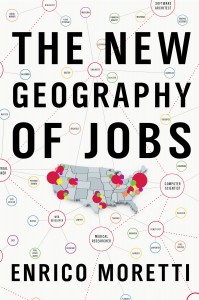 Francisco-Oakland (44%), Fort Collins-Loveland, Colorado (44%), and Seattle-Everett, Washington (42%). Yuma, AZ and Merced, CA, both at 11 percent, ranked last.
Francisco-Oakland (44%), Fort Collins-Loveland, Colorado (44%), and Seattle-Everett, Washington (42%). Yuma, AZ and Merced, CA, both at 11 percent, ranked last. education rise by about 7 percent as the share of college graduates in his city increases by 10 percent,” a statistical analysis indicates.
education rise by about 7 percent as the share of college graduates in his city increases by 10 percent,” a statistical analysis indicates.
